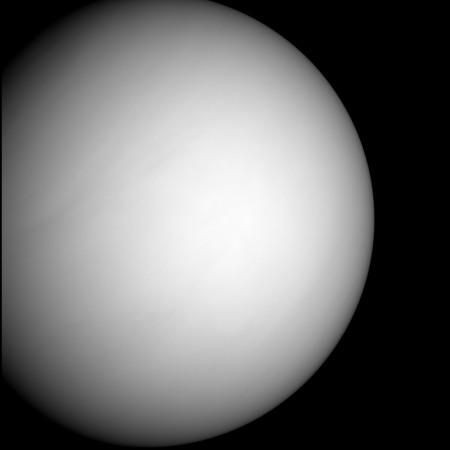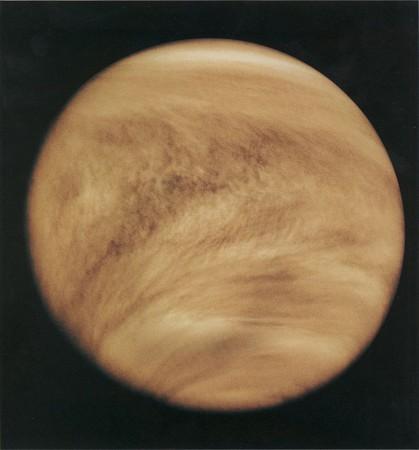
NASA had launched a mission to analyse the clouds of Venus with the help of CubeSats.
ALSO READ: 'Alien mummies' discovered in secret tomb in Peru [VIDEO]
Here are the top 7 things to know about this exploration:
1. NASA researchers aim at assessing how exactly the Venusian atmosphere interacts with the UV light. This planet was previously believed to be featureless and bland.
"Venus looks bland and featureless in visible light, but change the filter to ultraviolet, and Earth's twin suddenly looks like a different planet," a NASA statement . "Dark and light areas stripe the sphere, indicating that something is absorbing ultraviolet wavelengths in the planet's cloud tops."
2. Something present in the Venus cloud tops absorbs the light in this spectrum according to NASA's Goddard Space Flight Center. The researchers can see this while analysing Venus across varying wavelengths.
3. This unknown light absorbing phenomenon was compared to other wavelengths of light which are reflected into space because of clouds composed of sulphuric acid. The source of the UV effect remains unknown.

4. A small satellite will be sent by CubeSat UV Experiment (CUVE) to dig out more information about Venus' environment which would comprise of miniature instruments such as a telescope comprising of a light gathering mirror and UV camera.
"Since the maximum absorption of solar energy by Venus occurs in the ultraviolet, determining the nature, concentration and distribution of the unknown absorber is fundamental," CUVE Principal Investigator Valeria Cottini said in the statement. "This is a highly-focused mission — perfect for a CubeSat application."
5. Venus' atmosphere has not been explored by any of the NASA probes which were sent. It will take around a year and a half by CUVE satellite to reach Venus and six more months to accumulate the data.
6. CubeSats refer to nanosatellites which measure just 4 inches wide and weighs around 3 pounds. Previously these satellites hitched on rockets during the launches that were scheduled to space with other primary missions for space exploration. NASA claims that these CubeSats had aided the space agency test new technologies in instruments and communications.
"A lot of these concepts are driven by important Goddard research-and-development investments," said Tilak Hewagama, a CUVE team member who has worked with Goddard scientists Shahid Aslam, Nicolas Gorius, and others to demonstrate a CubeSat-compatible spectrometer. "That's what got us started."
7. NASA had previously explored Venus' habitability and concluded that around 2 million years ago an ocean prevailed on the planet and the surface temperatures were cooler. But it is now been defined as "the hottest planet in our solar system, with surface temperatures hot enough to melt lead," as per a NASA statement.
Similar in structure and size to Earth, Venus spins slowly in the opposite direction of most planets. Its thick atmosphere, consisting mainly of carbon dioxide, with clouds of sulfuric acid droplets, traps heat in a runaway greenhouse effect, making it the hottest planet in our solar system with surface temperatures hot enough to melt lead, as quoted by a NASA statement

















